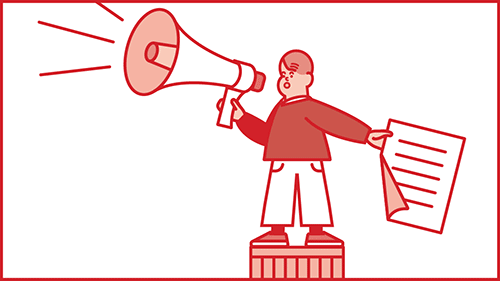For more stories like this, sign up for the PLANSPONSOR NEWSDash daily newsletter.
Partnership Strives to Encourage Health Care Consumerism
Risk Strategies' partnership with DirectPath will help employers save on health care by educating their employees on the complex health care landscape and empowering them to make better, more informed decisions about their care.
DirectPath announced a strategic partnership with Risk Strategies Company, under which Risk Strategies will offer its clients the DirectPath Advocacy and Transparency Service, which empowers employees at client organizations to become better health care consumers by providing specific medical procedural cost and quality quotes.
The service helps employers save an average of $1,400 and employees $400 per transparency request, the firm’s say.
DirectPath’s Advocacy and Transparency Service enables greater health care savings for employers, and their employees, by empowering employees to become more informed health care consumers. Patient advocates offered through the service assist employees and their family members by answering questions about their health care coverage, as well as flexible spending accounts (FSAs), health reimbursement accounts (HRAs) and health savings accounts (HSAs). Advocates also provide employees with up to three options for medical tests or procedures, along with quality and cost data. By providing this information, advocates enhance employees’ understanding of their health care options and help steer them toward plans, procedures and prescriptions that deliver the care they need at affordable prices.
Not only does DirectPath’s Advocacy and Transparency Service help employees become more informed health care consumers, but it also enables employers to further save on health care expenses by assisting employees with locating in-network providers and resolving claims disputes. The service also reduces administrative burdens for employers and improves employee satisfaction with company benefits.
“The organizations we serve are committed to providing their employees with quality health care,” says John Greenbaum, national practice leader, employee benefits, Risk Strategies Company. “What many people don’t realize, though, is that quality health care can also be cost-effective. By partnering with DirectPath, we’re able to help our clients save on health care by educating their employees on the complex health care landscape and empowering them to make better, more informed decisions about their care.”



